|
필승 (P'ilsŭng)! Our bus driver loved to shout this while saluting at me at unpredictable times which (almost) always scares me out of my skin. He was from the Marines as he flaunted his badge pinned to a cloth next to his seat. 필승 (P'ilsŭng)! which means “Sure victory!” is a motto declared as one salutes when in the Marines or Navy in South Korea. We had just touched down at Incheon Airport. Soon we found ourselves en route to discover what South Korea has to offer. Of course, this was no ordinary trip. This was a pilgrimage. A pilgrimage to South Korea? Pilgrimages like those to Holy Land and Rome? That kind of pilgrimage? Yes. This pilgrimage is part of the Asian Church Series organised by the Splendour Project. Admittedly, I signed up for this largely because I have longed to visit this country. Secretly, I wanted to bump into any of the cast of Running Man. Whilst drifting in this imagination, my roommate and trip partner-in-crime, Felicity, struck up a conversation. We had only first met when at the airport. But who knew we had such good chemistry from the start. Felicity had visited South Korea back in 2014 for the 6th Asian Youth Day and shared one of the stories she learned of. Back in the days of persecution of the Catholics in the 18th and 19th century, there was a time where soldiers raided a village of Catholics. They had been hiding and staying at this village to avoid capture. The villagers told the soldiers that they knew they were there to bring them to Haemi Castle to be executed. But since it was late, the villagers offered the soldiers their place to stay and rest. The next day, the villagers marched with the soldiers towards Haemi Castle to face the inevitable onslaught. On the way to Haemi Castle, A child asked his mother: “Where are we going?”. The mother replied: “To meet Jesus”. This story brought me back to reality. The reality of my Faith. Why did the villagers not run when they were raided? Even offering their persecutors a place to rest before facing their execution? How is the mother so peaceful to comfort her child through such simple yet powerful words? It dawned on me that this is the nature of martyrdom. One that accepts persecution with peace whilst standing on the truth. When Jesus died on the Cross for our sins, he did not say to us: Repent! Then I will die for your sins. No. Jesus died for us while we are still sinners. This is the attitude we need to bring with us when sharing God’s love to others. A love that is absolutely unconditional. This story was the pivotal point to my life-changing experience in this pilgrimage. What amazed me as much as the courageous martyrs of South Korea, is the fact that Catholicism entered the country via lay people through books, not missionaries. It is interesting that in those days, Catholicism was seen as a religion of modernity and science. Yet now, the Faith is often mistaken to be quite the opposite in our days of relativism. In the late 18th century, the youth wanted to learn how to build cranes for constructing larger buildings and how the Earth goes around the Sun – instead of debating abstract and scholastic ideas. But this was not a matter of interest in the neo-Confucianism era and the intellectual questions were regarded as irrelevant and trivial. Naturally, these young people began to read Western treaties on technology, astronomy, and physics. Such books were being imported into Korea from China since the early 1700s and retained a number of positive references to Christianity. Eventually, these young intellects read other translated Christian texts as well. Many of them felt that they had finally found the truth and embraced the Faith. This was just a snippet from the vast sea of historical information and reflections that was prepared in the booklet prepared by our formation director, Deacon Sherman Kuek especially for the pilgrimage. Deacon Sherman also prepared us through daily formation before we set out – which I am sure the pilgrims agree, helped us delve deeper in our reflections during the pilgrimage. As we stood before the few tombs of martyrs at Chon Jin Am, the local priest that hosted us shared some stories relating to the martyrs. One entailing a father willing to kill his son for his Faith so to keep their influence and power in society. Others were executed in various ways, including decapitation. Even our non-Christian tour guide cum translator started choking at the stories told upon hearing the stories for the first time. Standing in a circle, the priest then asked us to put our hands on our heart and recite: “Jesus loves me, as his heart is shattered”. After repeating twice more, he then asked us to go round the circle and recite to each person: “Jesus loves you, as my heart is shattered”. It was clear that most of the pilgrims were moved and this was a moment of closeness for us. Shattered. One might be familiar with the phrase “taken, blessed, broken, given” which is reflected upon in Henri Nouwen’s book, The Life of the Beloved which echoes the life of Jesus – who was taken, blessed by God, broken on the cross, and given to the world. To be given for the world, we need to first be broken as Jesus was. I used to think that martyrdom means to be caught for my Faith and to die for it. I learned from the Korean martyrs, that really, being a martyr is to be a witness for the Gospel of Jesus Christ. Simply put, martyrdom is by giving until I have no more to give – and when I have nothing left to give, to give some more. Truly, their fervour in the Christian faith is as such that they would not renounce their Faith even at times of great oppression. It is no wonder Catholicism thrived even during grave persecution for a prolonged period. For the Korean Catholics to calmly and courageously receive from God the glorious crown of martyrdom is a conviction that Christ has trampled over sin and death. Seeing the staunch and unwavering faith of the Korean Catholics, one cannot help but be inspired by their lives and confidence in Christ’s sure victory! P'ilsŭng! This is a more personal account of the pilgrimage to South Korea and was recently featured on Catholic Sabah. There is also a main article which reflects on the main message of the pilgrimage. Click here to read more. UPDATE: 23 JUNE 2017
This article was also published on Herald and Catholic Sabah's online portal! Article published on Herald's site Article published on KK's Diocese Site
0 Comments
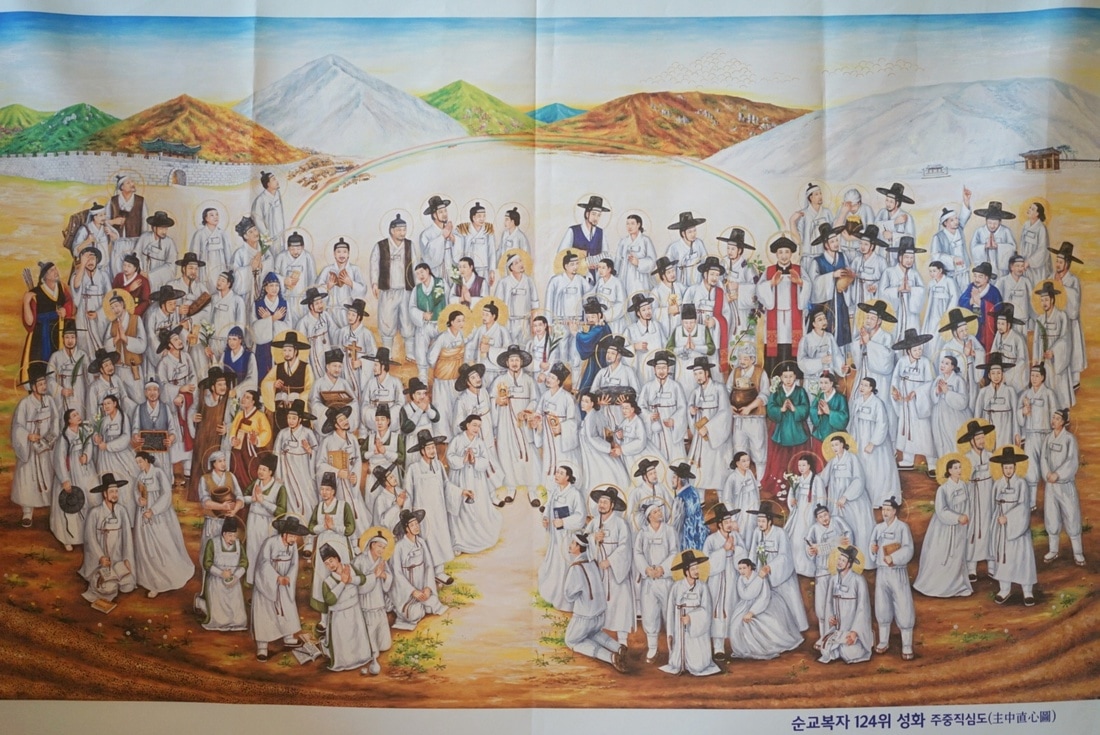 Korean martyrs as depicted by a painter Korean martyrs as depicted by a painter South Korea – the land of rich traditional culture, refreshing Kimchi, addictive seaweed, and home to one of my favourite shows, Running Man. I was first exposed to anything Korean back in Winter Sonata days where its sentimental piano music drifts you away into melancholy. So when I found out about the pilgrimage to South Korea, it was an easy yes and I was all in. To immerse myself in Korean culture and go on a faith-learning experience? What have I got to lose? But I had not the faintest idea why South Korea could be a place for pilgrimage. I have often heard of Holy Land and Rome being places for pilgrimages. But South Korea? I had no clue. Yet it was one of the most life-changing moments for me. “The blood of the martyrs is the seed of the Church”, these words from Tertullian reflect the growth of the Church thanks to the beauty of martyrdom. In God’s mysterious providence, the unique history of Catholicism in Korea began with the local lay faithful rather than with foreign cleric or religious missionaries. Many of these lay faithful were martyred for their faith during the 100-year persecution in the 18th and 19th centuries. These martyrs, by being witnesses to the power of God’s love, bore a victory that continues to bear fruit today in Korea, to which the Church received growth from their sacrifice. This was highlighted by Pope Francis in his homily during the 6th Asian Youth Day and was also the very intention of starting the Asian Church Series organised by the Splendour Team. What made Catholicism thrive even under grave persecution for a prolonged period? What inspired these people to so willingly embrace the Faith especially at the face of torture and death? One such story that struck me was when we were at Chon Jin Am, the birthplace of Catholicism in Korea. The priest who hosted us, related a story of one of the martyrs, Jeong Yak Jong (Augustinus) while we were before the tombs of a few martyrs. When Augustinus/Jeong was about to be beheaded, he said “I’d rather die looking up at the sky than to die looking down at the ground.” He had a peaceful face waiting for the execution. Out of guilt, the executer closed his eyes and swung his sword. It lacked precision and left Jeong’s head decapitated halfway. Jeong assured the executer that it was better to kill him swiftly and that action pursued. This was the nature of the Catholics in Korea. Their fervour in the Christian faith is as such that they would not renounce their Faith even at times of great oppression. More so, they would die for the Faith looking forward to the kingdom of heaven. Saint Kim Tae-gon Andrew made a farewell sermon before his beheading saying “My eternal life is beginning now,” and he calmly and courageously received from God the glorious crown of martyrdom. The persecutions in 1801, 1839, 1846 and 1866 led to the death of about 10,000 martyrs. Among those who died martyrs were a considerable number of outstanding lay leaders. Pope Francis, in his homily during the 6th Asian Youth Day says it beautifully: “This history tells us much about the importance, the dignity and the beauty of the vocation of the laity.” Korea now boasts the 4th largest number of saints in the Catholic Church and currently 10% of the country’s population are Catholics (about 5.1 million recorded in 2010!).
To say that this pilgrimage is impactful is an understatement. It was life-changing. Often, we may think that the religious have more effect and influence in transmitting our Faith. But the history of Catholicism in Korea proves otherwise. The Laity are equally important in shaping the life of the Church. Who else could go to your own workplace to be a witness of God’s love? Our priests surely cannot do that. We as the Laity need to begin by discovering what the Gospel demands of us by virtue of our baptism and confirmation. The life of martyrdom by death may not be for everyone, but discipleship comes at a cost that requires martyrdom by life. To be a martyr, in a more general sense, simply means being a witness for the Gospel of Jesus Christ. I believe I speak on behalf of the pilgrims to say that we are inspired to live our lives intentionally as effective and sacrificial witnesses of the Christian faith. |
AboutSplendour's latest happenings with a personal touch. Come back regularly for updates! ProfileJennifer is an engineer by day, daydreamer by night. Fatally attracted to bunnies, orange and nuggets (especially the chicken type). And occasionally chocolates. Everyday is an occasion. ArchivesCategories |
|
The Splendour Project is a name that represents a collaborative effort among various individuals. What brings these individuals together is a common commitment to fulfilling the evangelisation mandate of the Holy Catholic Church in a concerted way (ref. Canon 216, 1983 Code of Canon Law). We are not in any way a Public or a Private Association as defined by the Code of Canon Law.
© 2018 - 2023 All rights are reserved on contents in this website belonging to respective owners. |
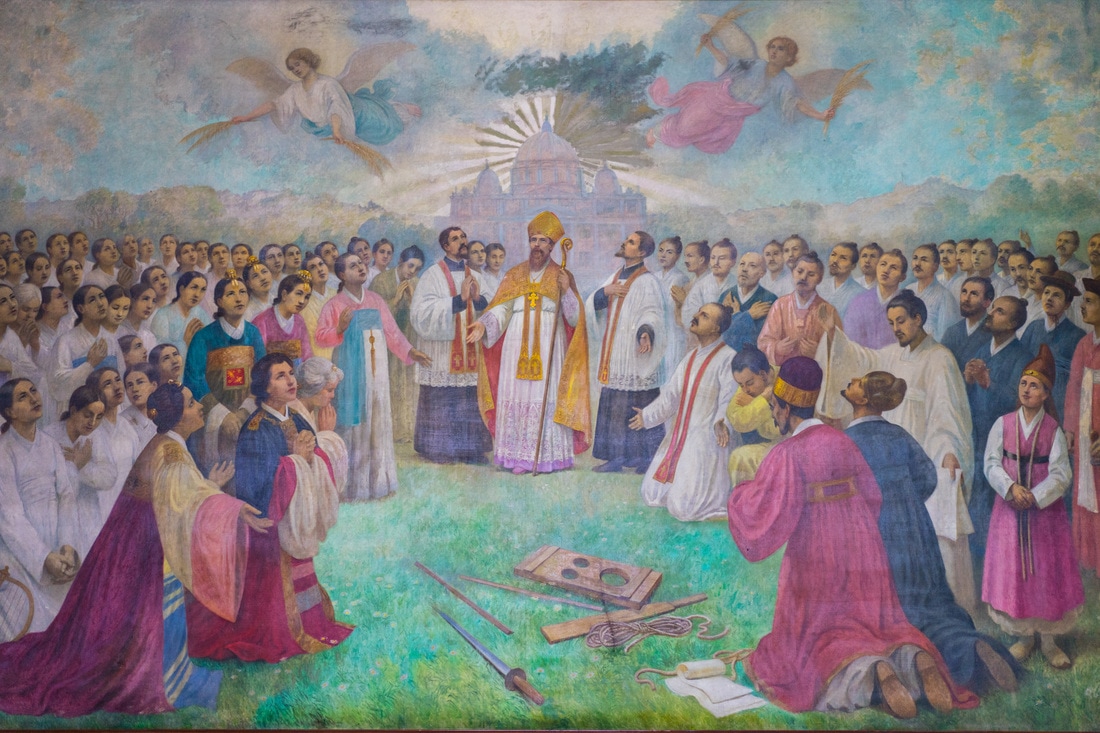



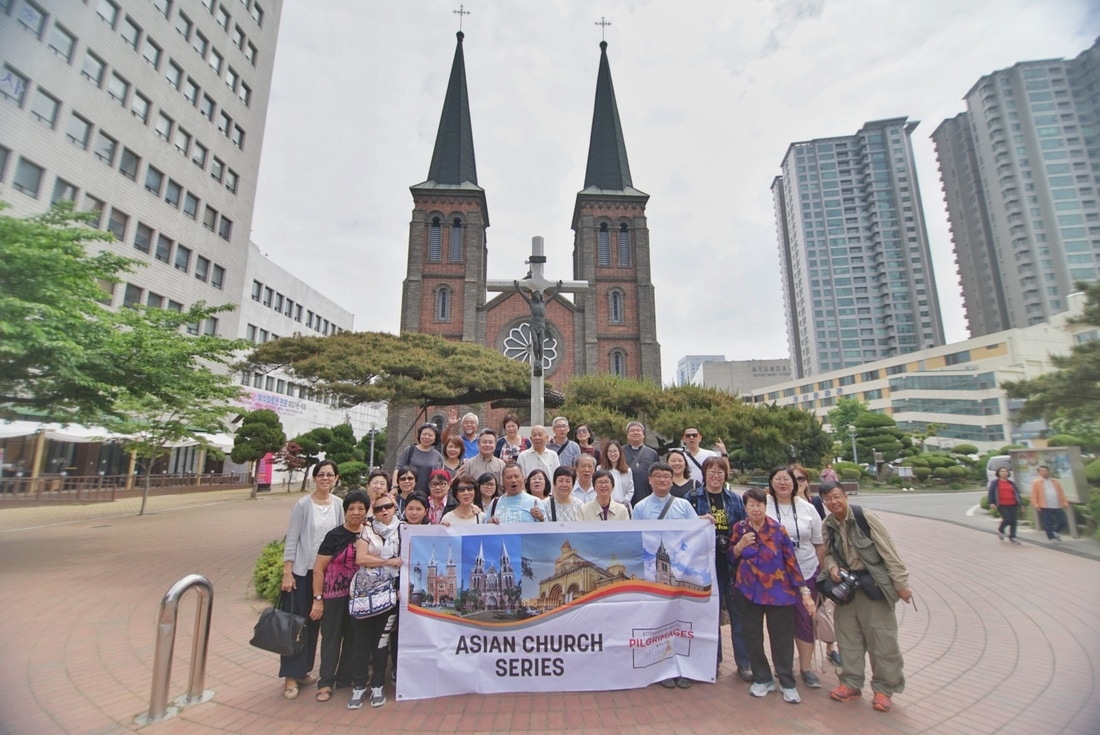

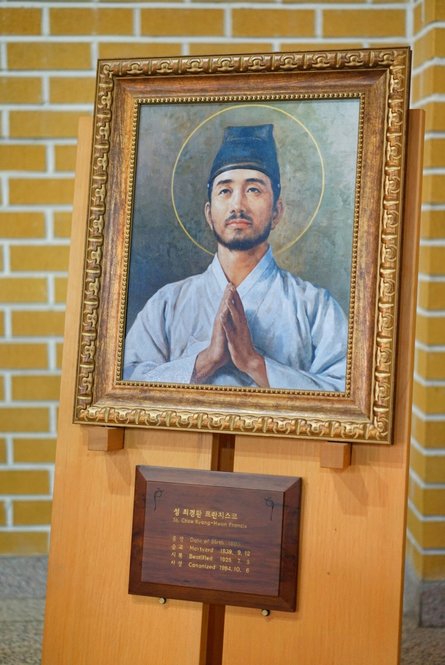
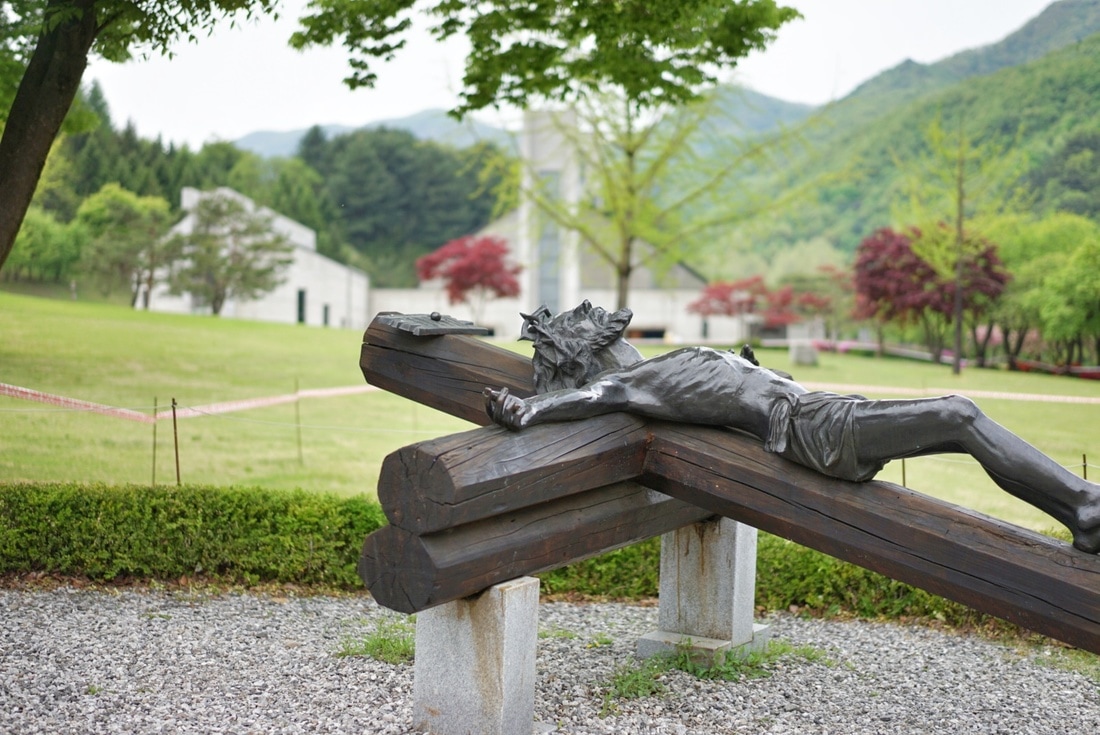
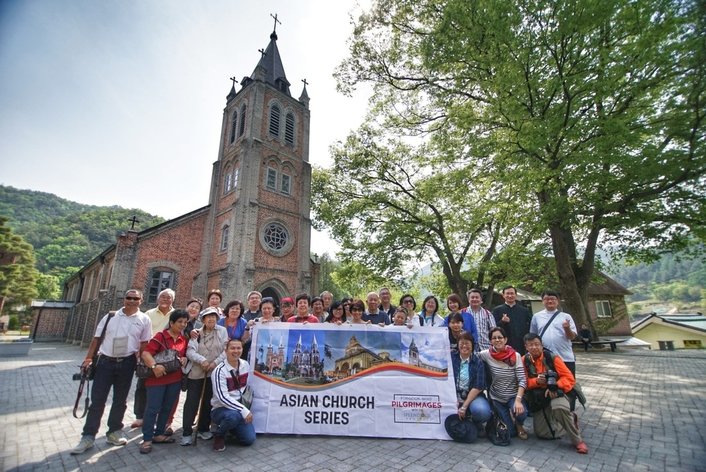
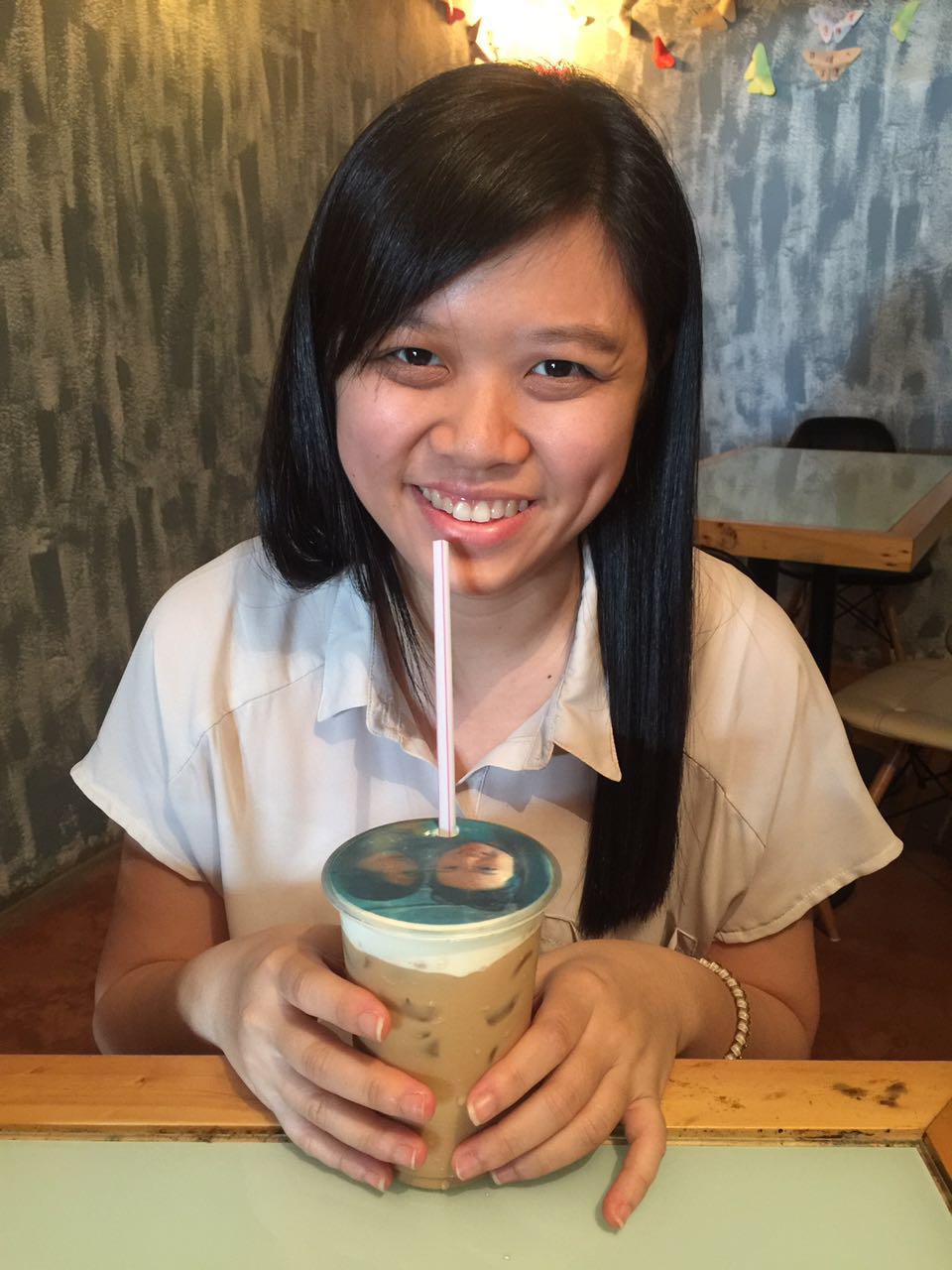
 RSS Feed
RSS Feed
